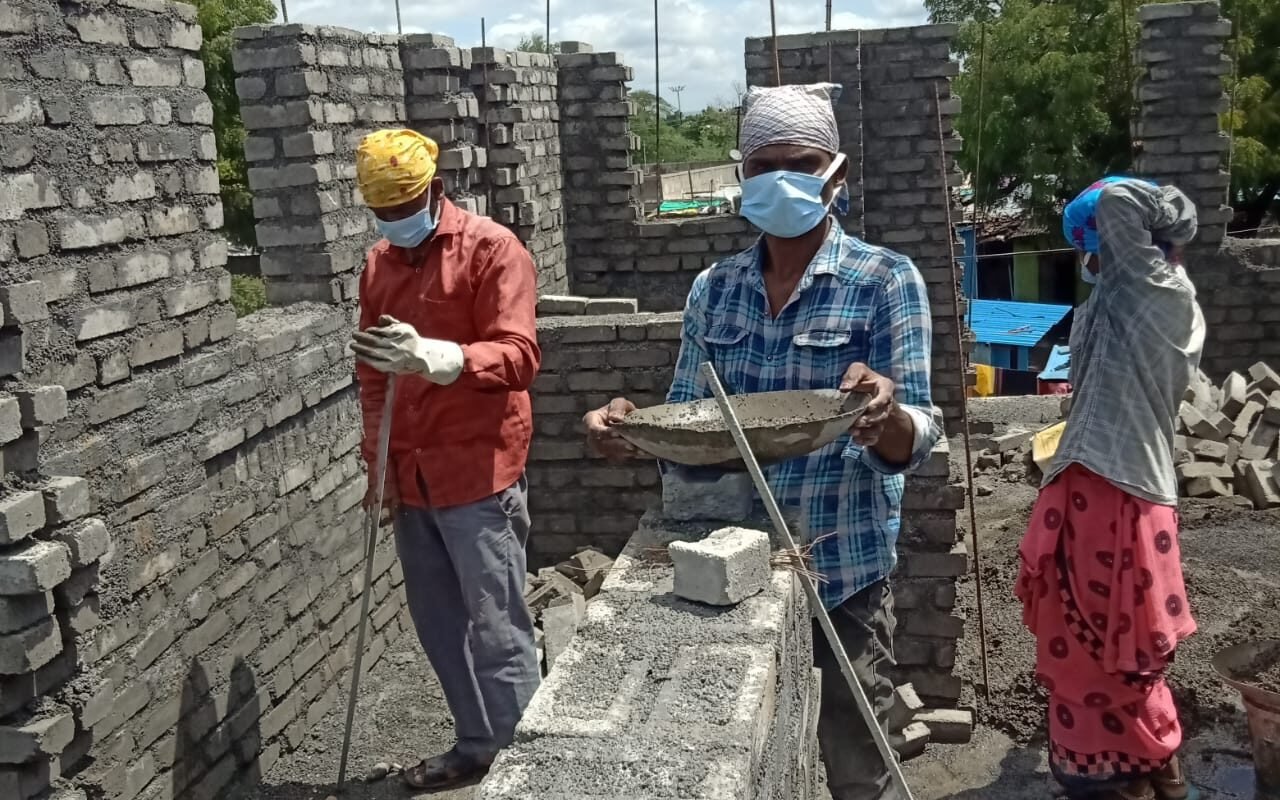Solving for Financial Inclusion: Our Experience from the Sanjaynagar Project (Pt. 2)
Our holistic approach towards the Sanjaynagar Slum Rehabilitation Project got us involved in finding a financial solution for the homeowners to make their contribution, which revealed the struggles faced by marginalised groups to access formal credit. Our team, along with our social partner Snehalaya and peer-to-peer lending platform Rang De worked together on a home loan product for the residents of Sanjaynagar. We are sharing our learnings from this Financial Inclusion model in 2 parts. In part 2, Shashank Mittal from our team shares an overview of the situation in India and a summary of our work in Sanjaynagar.
Challenges and Reflections
Banks often justify not servicing the poor by classifying them as high-risk and expensive to serve (high transaction costs). However, the growth in the wealth of informal money lenders, and success of MFIs has happened on the backs of these very communities. Contrary to popular belief, the poor incur a much higher cost for credit. And in most cases, repay in time to avoid losing assets put down as collateral, and to maintain relationships with the limited sources of credit available to them. This proves amply that they have the capacity to pay.
In Sanjaynagar too, the ability to pay is sufficiently established. The Covid-19 pandemic did disrupt livelihoods and posed difficulties. However, many have recovered and found other work as the city and district opened up. Most residents, though, continue to be informally employed and earn daily wages.
It is the willingness to pay that has been a difficult one for us to decipher. It should be mentioned that among the 27 borrowers in the program as of April 2022, the repayment rate has been 100% albeit with some delays due to circumstantial challenges. So, this is certainly not the case with a majority of the community. There are always a couple of willful defaulters among a hundred, and that is to be expected. However, it is the influence of the few defaulters on the morale and intent of the remaining borrowers that has been difficult to manage.
In addition to low interest rates, the Rang De model also does not impose any hefty fines for late repayments. Borrowers can make the repayments at their convenience, based on availability of funds, before or on the due date. There is no recollection agent roaming the neighborhood around the due date, building pressure. Lastly, this is an unsecured loan, leveraging the trust of the social impact partner organization (in this case, Snehalaya), with the community.
We repeatedly find ourselves asking the question: What do we do (or, what are we not doing) to ensure that people continue to repay responsibly, in the absence of the typical pressure building techniques and consequences employed by other lending institutions?
Despite these challenges though, it is worth mentioning that the first phase of the project has been completed, and all delayed repayments, whether due to financial challenges that arose during the 2nd wave of Covid-19, or were willingly being held back, have been paid by the borrowers. The community came together to hold each other accountable and pressure the defaulters to repay. As of today, our repayment rate stands at 100%.
True Cost of Financial Inclusion
Simply opening or having a bank account does not enable one to use/leverage formal institutions of credit to one’s advantage. Schemes such as PM Jan Dhan Yojana demonstrate the government’s intent in enabling financial inclusion at a policy level. However, it does not lead to true financial inclusion.
For this to be achieved, there is a lot of training and behavioural change work to be done on the ground, especially with people who have never had access to these services before. For those earning, spending and saving in cash on a daily basis, there is a need for immense hand holding to enable learning and for this behaviour change to happen. And this requires resources, both financial and human.
Who will take this up? Who will bear the cost?
It is civil society organizations that enjoy strong relationships and have built trust with the communities they serve, that are in a strategically advantageous position to foster this enabling environment. It is clear to us from our pilot in Sanjaynagar that the true cost of financial inclusion is very high, and over the years, grassroots NGOs in the country have bridged the gap in preparing and enabling people to engage with the formal banking sector. The self-help group movement in the country is one such example.
While some AHFCs (Affordable Housing Finance Companies) have also played an important role in making affordable finance available to low-income homeowners, their high attrition rate suggests that they function more as entry points for first time borrowers, and thus will always have higher operational costs.
Finance companies, NGOs/CSOs and others directly or indirectly engaged in financial inclusion need monetary support to run these programs. It is unfair to pass on the burden of these costs to the first-time lenders themselves in the form of high interest rates, fees and other charges. It is a failure of the market to have left these communities unserved till today, and efforts now to reach out to them must be supported with the required financial resources (philanthropic and CSR donations, as well as subsidies and support from the government). Else we risk our promise of financial inclusion being limited to lakhs of Jan Dhan accounts with single digit balances, and no transactions.





